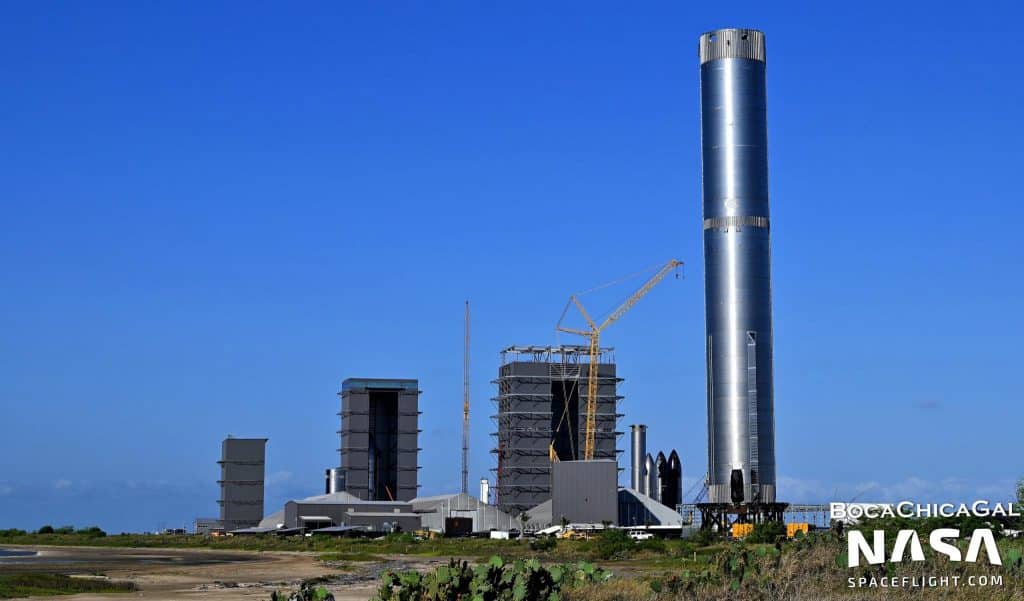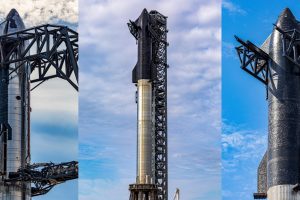CNBC reports that SpaceX is seeking to raise at least $1.725 billion in its first funding round of 2022, potentially boosting the private company’s valuation as high as $127 billion.
The report signals just the latest in a long line of high-profile rounds of funding SpaceX has secured over the last seven years, gradually boosting its valuation by a factor of more than 100. More likely than not, this round will also be fully subscribed or even oversubscribed as investors scramble over a relatively rare opportunity to snag a small slice of SpaceX – a demand so high that Equidate once stated that SpaceX effectively had access to ‘an unlimited amount of funding’ in 2018.
Four years later, it’s clear that Equidate’s position and forecast were prescient. After a few slow years post-2015, SpaceX’s fundraising activity returned with a vengeance in 2019. From 2019 to 2021, the company privately raised more than $5.2 billion – nearly triple the amount of private funding SpaceX raised from 2002 to 2018. In the likely event that the latest in a long line of highly sought-after and oversubscribed SpaceX investment rounds, SpaceX will have ultimately raised between $8.6 and $9 billion since 2015, averaging about $1.3 billion per year over the last seven years.
More likely than not, a vast majority of that $9 billion has gone towards Starlink and Starship – both of which are also almost exclusively responsible for the fact that SpaceX’s valuation outmatches its annual revenue by a factor of several dozen. CEO Elon Musk has stated in 2017 and 2018 that SpaceX invested around $1 billion to develop Falcon booster reusability and more than $500 million to develop a triple-booster variant of Falcon 9 known as Falcon Heavy – still the most capable operational rocket in the world four years after its debut. It’s possible that some portion of SpaceX’s fundraising since 2015 has gone towards basic recurring expenses during years with few launches and relatively little revenue.
However, it’s likely that most or all of the remaining $7-7.5 billion – separate from several lucrative contracts awarded by the US military and NASA – has gone towards Starlink and Starship. In the last few years, SpaceX has effectively built a massive factory and launch pad for the largest rocket ever built (Starship) out of empty lots in South Texas. SpaceX has also turned several nondescript buildings near Seattle, Washington into the most productive satellite factory in spaceflight history and is working on additional factories to mass-produce hundreds of thousands to millions of cutting-edge satellite dishes per year to allow millions of people to connect to the internet through Starlink.


Assuming a rough marginal cost of $500,000 per satellite and $15 million per Falcon 9 launch, SpaceX could have easily spent more than $2 billion just to build and launch the ~2650 Starlink satellites it’s launched to date. Accounting for the annual salaries and overhead needed for the thousands of employees required to build those satellites and conduct more than 50 different Starlink launches, the true cost over several years could be closer to $3-5 billion. Meanwhile, Starbase has rapidly expanded, built vast new infrastructure, mass-produced around two-dozen different Starship tanks and prototypes, completed dozens of tests, built and tested 150-200 Raptor engines, and conducted nine major flight tests.
Up until late 2021, perhaps less than 5-10% of funding for the above activities came directly from US government contracts. While Starlink remains almost entirely privately funded, SpaceX’s Starship program received a major influx of funding and support from NASA through a $3 billion Moon landing contract awarded in April 2021, but protests from two competitors meant that funds from that contract only began reaching SpaceX around the end of the year. Ultimately, it’s not hard to see why SpaceX has needed to raise so much capital in the last three years.





